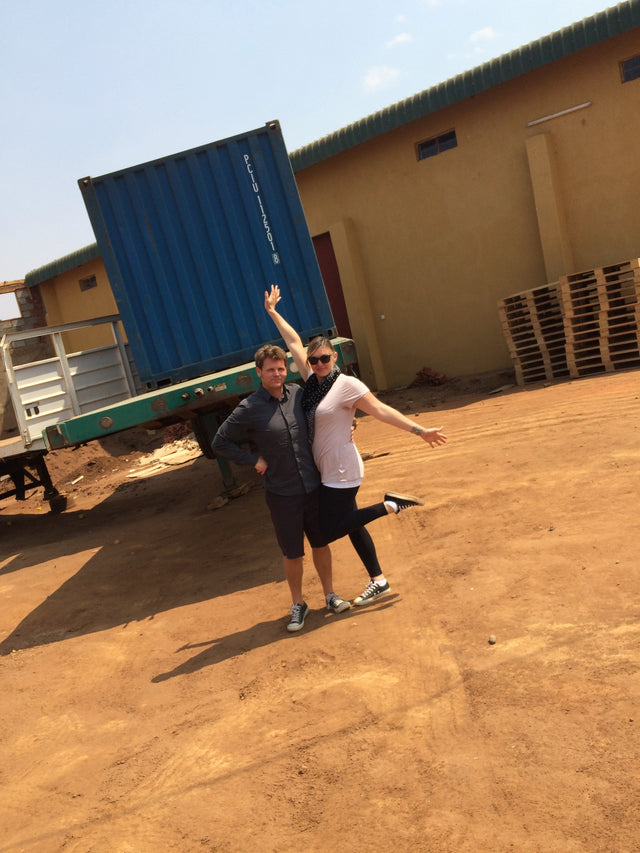Artisans of Malawi
I have been fortunate enough to travel quite extensively. For both business and pleasure, charity and curiosity, I have traversed the globe and seen many threads of similarity that bind us as human beings, peppered with the unique and strange,fascinating and captivating aspects, offering up diversity in the midst of our sameness.
On one of my regular assignments in Malawi through CNFA and the Farmer-to-Farmer Program to help establish mushroom production, I realized just how unique many of the items for sale at tourist markets in Malawi were. Not only that, but they are all 100% hand-made. How could they not be? In one of the only regions left in the world, where both mechanized production and the import of cheap, cliché items
for tourist consumption are logistically unfeasible, you can still find items, both large and small, requiring an uncommon level of artistry, skill and craftsmanship.
Unfortunately however, the artisans do not receive very much for their work. Impoverished, isolated and with limited tourism, there are few options available to sell and distribute these works of art. I remember making a comment about the import-export process, once I was finally immersed. Basically, I said that, ‘I would rather tattoo both of my eyeballs than import another container from Central Africa.’ The costs, paperwork and red tape are certainly prohibitive, which is why we don’t typically see these items at import stores in North America. Needless to say, the experience has been of the ‘learning’ variety- one that, in spite of the hassles and hardships, I intend to undertake again. My overall goal is to be of benefit to others. In this case, I seek to bring the skill and
craftsmanship of these artisans to a wider audience. Many of the items they make require far too much artistic competence and skill to be mere trinkets or commodities. The chief chairs, like those pictured above for example, each take approximately two weeks to complete- carved using only the most rudimentary, hand-made tools, with no guide, save what the artist has pictured in his or her mind. The toy cars are a similar wonder to see being made. These items should sell for far
more than what they regularly do, but limited exposure to buyers, in general, also limits exposure to those who would recognize and value the items for no less than what they are: works of art. Then there is the problem of how to get large items back to the States on airlines that regularly charge $100 or more per bag- more for ‘oversized’ items. Both factors present formidable obstacles and put downward pressure on the price an artisan can hope to receive for his or her work.
And there is also the environmental cost. Unchecked use of timber has created a dire situation, not just in Malawi, but regionally, as well. Most of this results from the use of wood as a primary fuel, but building also contributes to the average 3% per year deforestation. But there are sustainable ways to acquire the raw materials necessary to create these fantastic carvings, one of which is already in practice. Each
year, after months of dry weather, the rainy season brings large quantities of water, which causes many trees to collapse at the roots. These fallen trees are cut into manageable sections and moved to where they can be further processed- not at a sawmill, but rather by hand in a village. Buying from artisans who practice responsible sourcing such as this encourages such practices and should thus be worth a premium. It was from such villages that we purchased the chief chairs in our inventory.
In the course of traveling around Malawi, collecting these awesome items, I encouraged these artists to make their mark on each item they produce. In this way, their work, individual style and level of skill can be linked to them. The artists whose works are of higher quality will be more in demand, and eventually, with better exposure, they will be in a position to demand more for their hard work and skill. In time, I would like to have bios up for select artisans- to put names, faces and stories to the works on display, and to promote the artists, as they deserve to be- to
de-commoditize their art.
-Matt




